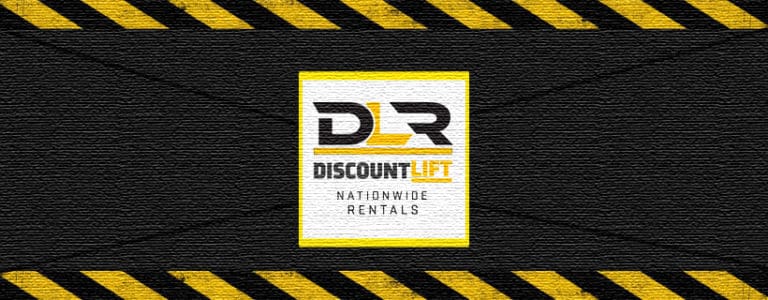Forklifts are essential tools on job sites and in warehouses, but even minor safety oversights can lead to serious injuries or costly accidents.
Knowing how to properly operate a forklift can help prevent safety mistakes. Here are the steps you can take to safely manage a forklift.
Lack of Proper Training
The first step in learning how to function a forklift is getting the necessary training. In fact, one of the most frequent and dangerous safety issues stems from untrained or undertrained forklift operators.
The Occupational Safety and Health Administration (OSHA) requires that all forklift operators be certified through formal instruction, practical training, and a performance evaluation. Yet many workplaces either skip refresher courses or fail to enforce updated safety standards.
Why it’s risky: Untrained operators may not fully understand load limits, safe maneuvering techniques, or how to respond in emergency situations. This can lead to tip-overs, dropped loads, or collisions with other workers.
How to ensure sufficient training:
- Provide OSHA-compliant training for all new operators
- Conduct refresher training every 3–5 years or after any safety incident
- Create a safety-first culture where ongoing education is encouraged
Overloading on Forklifts
A forklift’s load capacity is not a suggestion—it’s a hard limit.
Exceeding it or handling a load incorrectly can make the forklift unstable, especially on ramps or uneven surfaces. According to the National Safety Council, tip-overs are the leading cause of forklift-related fatalities.
Why it’s risky: Lifting loads that are too heavy or unevenly distributed compromises the center of gravity and increases the chance of tipping. Improper stacking or lifting at unsafe angles can also lead to dropped loads and workplace injuries.
How to properly manage forklift load capacity:
- Always check the load capacity plate on the forklift
- Ensure loads are balanced, secured, and centered on the forks
- Never lift with one fork or drive with the load elevated
The Importance of Forklift Safety Inspections
It’s easy to assume a forklift is perfectly safe—until it’s not.
Daily pre-shift inspections are critical for identifying worn tires, leaky hydraulics, malfunctioning brakes, or other safety hazards that can lead to serious incidents.
Why it’s risky: Small mechanical failures can escalate quickly under heavy loads or fast-paced operations. Braking issues or steering malfunctions can cause major damage in crowded environments.
How to conduct a proper forklift safety inspection:
- Require operators to complete a daily inspection checklist before use
- Address any issues immediately—never operate a forklift needing repairs
- Schedule regular professional maintenance to supplement daily checks
Drive a Forklift with Caution
Driving a forklift safely is a crucial part of maintaining a safe working environment.
Why it’s risky: Wreckless forklift driving jeopardizes not only the safety of the operator but the surrounding crew. Making sharp turns at high speeds, driving with heavy loads, and not paying attention to surroundings can cause serious injuries.
How to safely drive a forklift:
- Drive at a walking speed
- Sound your horn at intersections and corners
- Only carry passengers and items the forklift is designed to—consider load capacity
Need a Forklift?
At
Discount Lift Rentals, we take safety seriously. Whether you need a standard warehouse forklift or a rough-terrain forklift, we offer expert support so that you can rent with confidence.
Contact us today to secure the perfect rental for your next project.
